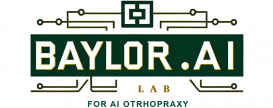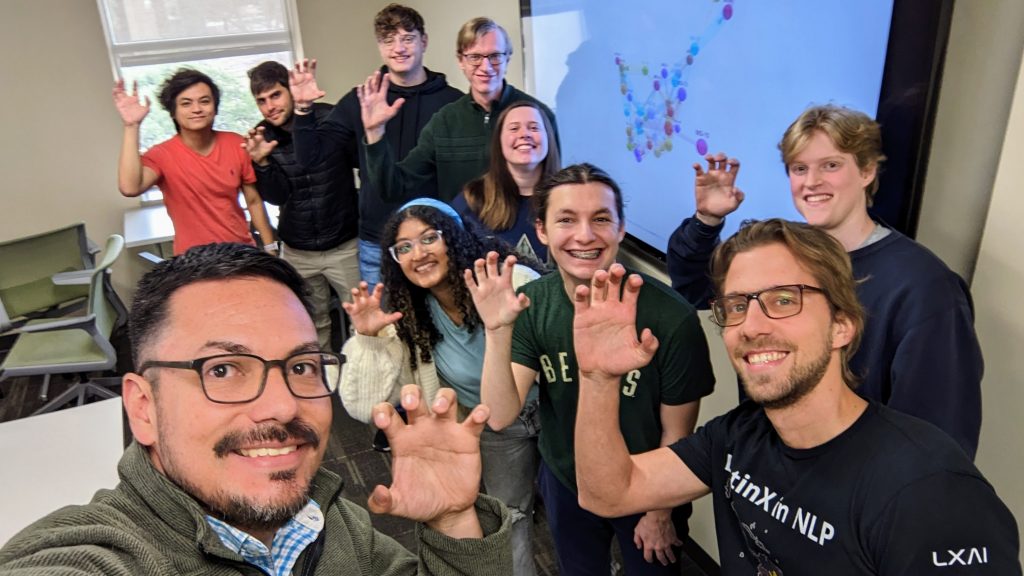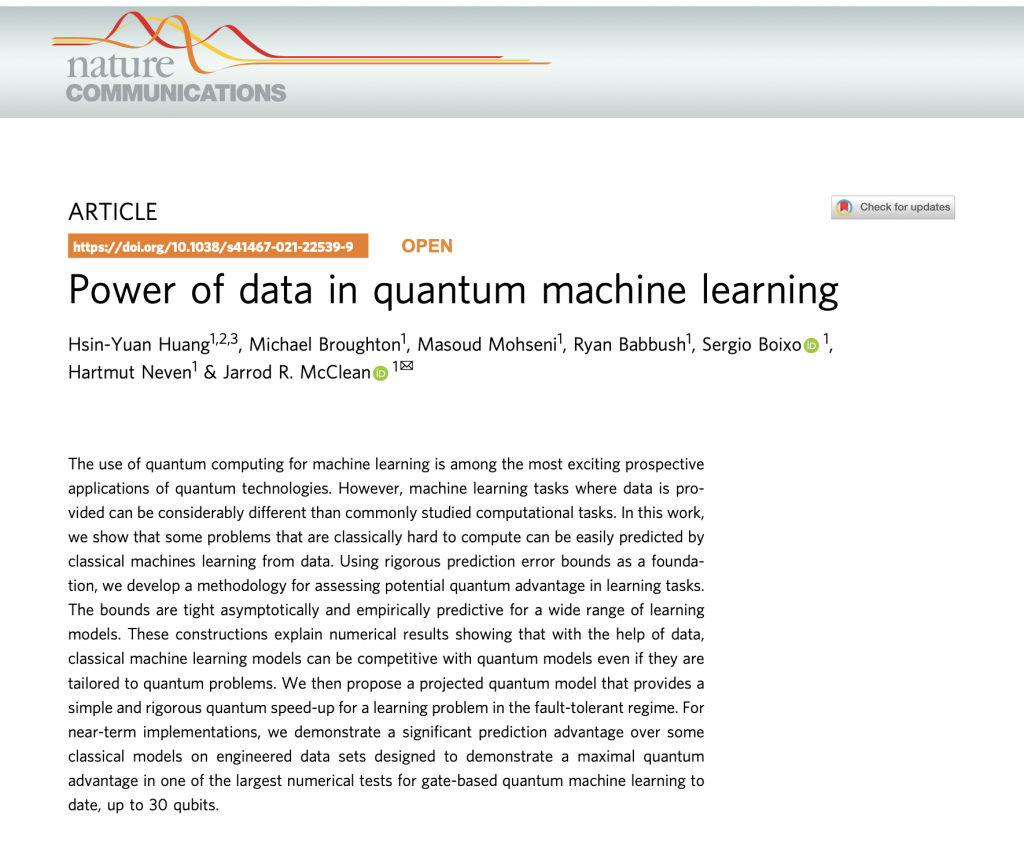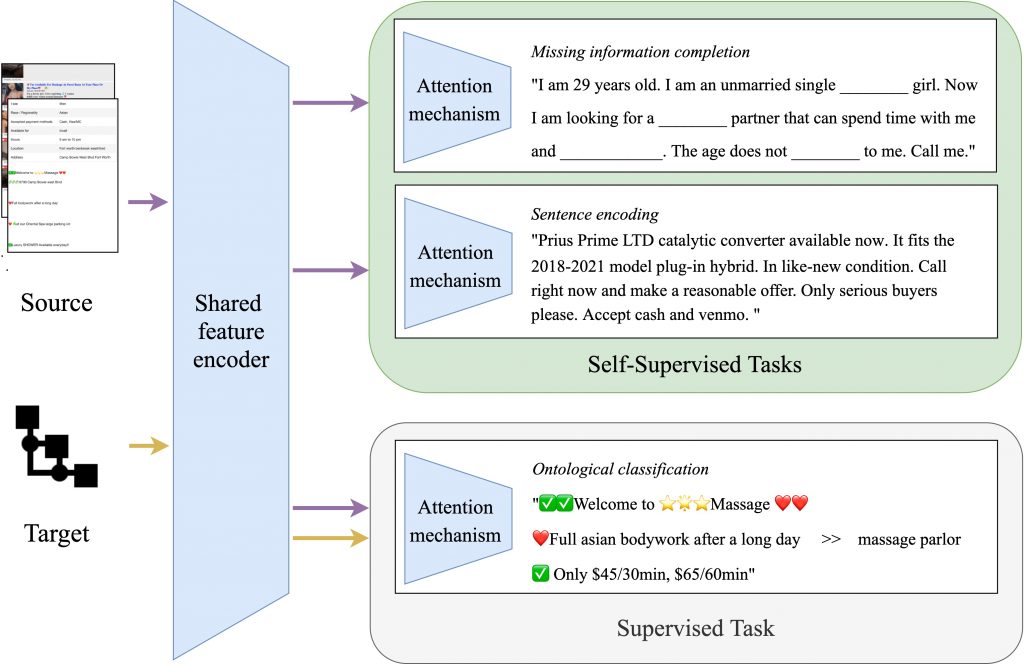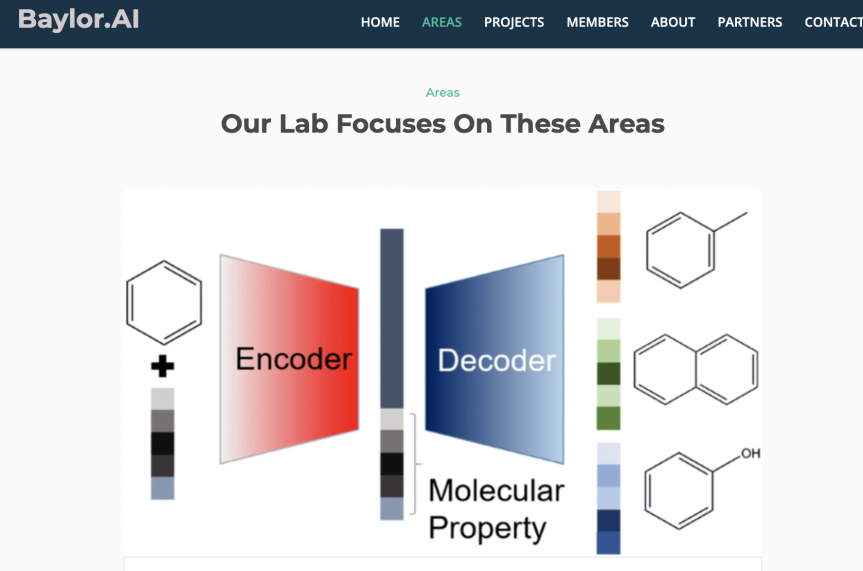
Large Language Models (LLMs) have become a hot topic in the world of machine learning, with chatbots like ChatGPT and other models gaining widespread popularity. However, keeping up with the latest research and advancements in this rapidly evolving field can be challenging. To help you catch up, we’ve compiled a list of 11 essential research papers that every LLM enthusiast should read. From the original Transformer architecture to recent innovations in efficiency and alignment, these papers will give you a comprehensive understanding of the field and help you stay ahead of the curve. So whether you’re a seasoned LLM practitioner or just getting started, read on to discover the key papers that will take your understanding of this exciting field to the next level.
Foundational Papers on LLM Architecture and Pretraining:
- “Attention is All You Need” by Vaswani et al.: This paper introduces the Transformer architecture, which uses scaled dot-product attention to process sequences of tokens. It has since become the basis for many state-of-the-art LLMs. (https://arxiv.org/abs/1706.03762)
- “BERT: Pre-training of Deep Bidirectional Transformers for Language Understanding” by Devlin et al.: This paper describes BERT, a powerful LLM that uses masked language modeling to pre-train a bidirectional Transformer encoder. BERT has achieved impressive results on various natural language processing tasks. (https://arxiv.org/abs/1810.04805)
- “Improving Language Understanding by Generative Pre-Training” by Radford et al.: This paper introduces GPT, an LLM that uses a Transformer decoder to generate text based on a given prompt. It was one of the first models to demonstrate the effectiveness of large-scale unsupervised pretraining. (https://www.cs.ubc.ca/~amuham01/LING530/papers/radford2018improving.pdf)
- “BART: Denoising Sequence-to-Sequence Pre-training for Natural Language Generation, Translation, and Comprehension” by Lewis et al.: BART is an LLM that combines elements of both encoder and decoder architectures and can be fine-tuned for a variety of natural language tasks. (https://arxiv.org/abs/1910.13461)
Methods for Improving LLM Efficiency:
- “FlashAttention: A Scalable Framework for Efficient Attention Mechanisms” by Yang et al.: This paper proposes FlashAttention, a more efficient attention mechanism that reduces memory consumption and computational complexity in LLMs. (https://arxiv.org/abs/2205.14135)
- “Cramming: Efficient Training of Large-Scale Models without Layerwise Pretraining” by Li et al.: This paper introduces a novel training method for LLMs that enables them to be trained on a single GPU without the need for layerwise pretraining. (https://arxiv.org/abs/2212.14034)
Methods for Controlling LLM Outputs:
- “InstructGPT: Controllable Text Generation with Content-Planning Transformer” by Xiong et al.: InstructGPT is an LLM that allows for more precise control over the generated text by incorporating a content-planning module into the Transformer decoder. (https://arxiv.org/abs/2203.02155)
- “Constitutional AI: Aligning Language Models with Human Values” by Amodei et al.: This paper proposes a framework for aligning LLMs with human values and provides an example of how it can be used to prevent the generation of harmful text. (https://arxiv.org/abs/2212.08073)
Alternative (ChatGPT) LLM Architectures:
- “BLOOM: A Distributed Open-Source Implementation of LLMs” by Nadkarni et al.: BLOOM is an open-source implementation of LLMs that enables distributed training across multiple machines. (https://arxiv.org/abs/2211.05100)
- “Sparrow: A Large-Scale Language Model for Conversational AI” by Li et al.: Sparrow is an LLM developed by DeepMind for conversational AI and features a unique architecture that enables more efficient and accurate text generation. (https://arxiv.org/abs/2209.14375)
- “BlenderBot 3: Recipes for Building Large-Scale Conversational Agents” by Roller et al.: BlenderBot 3 is an LLM developed by Facebook Meta for conversational AI and includes the ability to search the internet for information to incorporate into its responses. (https://arxiv.org/abs/2208.03188)
Important Ethical Concerns Regarding LLMs:
- “On the Opportunities and Risks of Foundation Models” by Rishi Bommasani et al. This paper discusses the opportunities and risks associated with “foundation models,” a new class of machine learning models trained on large and diverse datasets. The paper highlights the technical, social, and ethical challenges of deploying foundation models in various domains. (https://arxiv.org/abs/2108.07258)
- “GPT-3: Its Nature, Scope, Limits, and Consequences” by Luciano Floridi & Massimo Chiriatti. This paper examines the capabilities and limitations of GPT-3, a state-of-the-art language model, and argues that it is not designed to pass tests of mathematical, semantic, or ethical questions. The paper concludes that GPT-3 is not the beginning of a general form of artificial intelligence. (https://link.springer.com/article/10.1007/s11023-020-09548-1)
- “On the Dangers of Stochastic Parrots: Can Language Models Be Too Big? 🦜” by Emily M. Bender et al. This paper raises concerns about the risks associated with LLMs like GPT-3, including their environmental and financial costs, and recommends strategies for mitigating those risks. (https://dl.acm.org/doi/abs/10.1145/3442188.3445922)
Before you go ahead and start reading these papers, remember that LLMs such as ChatGPT and its alternatives have revolutionized NLP and hold immense potential for a wide range of applications. However, we must also be mindful of the ethical concerns surrounding these models, such as potential biases and risks of misuse. As the field continues to evolve, we must prioritize ethical considerations and work towards developing models that align with human values and promote the greater good. With the right approach, large language models can enable us to build a more inclusive and equitable future where AI and human collaboration can drive innovation and positive change.
